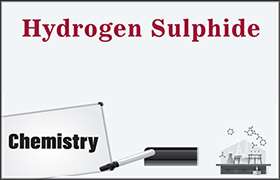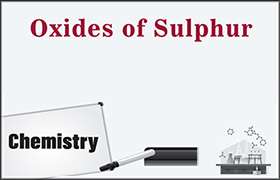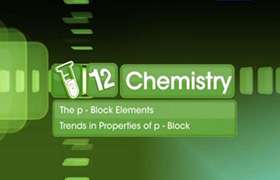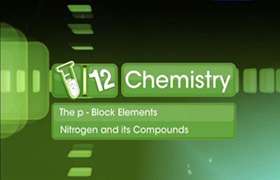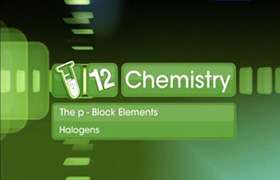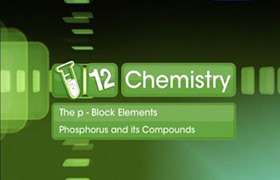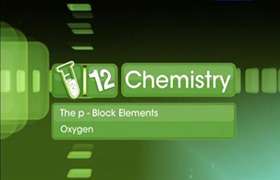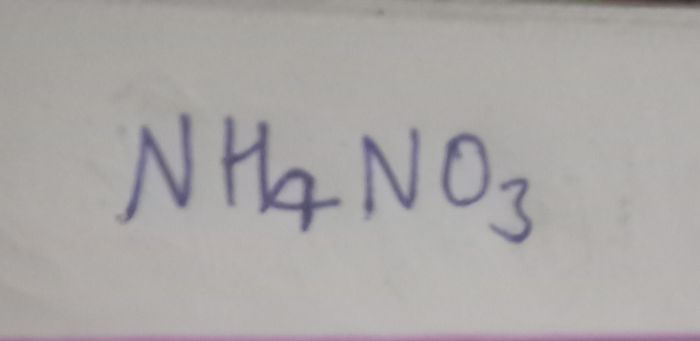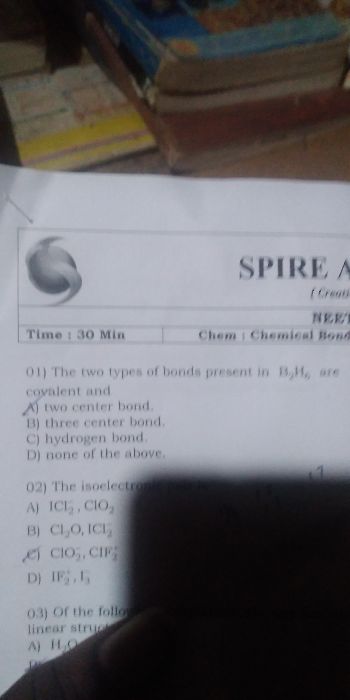CBSE Class 12-science Answered
sulphur dioxide is a reducing agent but tellurium dioxide is an oxidising agent,why?
Asked by ashwin srinath | 16 Aug, 2012, 08:46: PM
Oxidation no. of sulphur changes from 0 to +4 in SO2. Due to presence of d-orbitals(vacant) sulphur can extend its covalency & show oxidation states till +6, which is stable in sulphur (eg: SF6).
Hence it acts as a reducing agent. (PS it acts as both oxidising and reducing agent)
Oxidation no. of Te changes from 0 to +4 in TeO2. Unlike sulphur Te cannot show +6 oxidation state as it is highly unstable due to inert pair effect. Therefore there can only be a decrease in it oxidation state (it can decrease to -2, +2). Also, TeO2 is a polymeric oxide which is not very much stable.
Hence it acts as an oxidising agent.
Hence it acts as a reducing agent. (PS it acts as both oxidising and reducing agent)
Oxidation no. of Te changes from 0 to +4 in TeO2. Unlike sulphur Te cannot show +6 oxidation state as it is highly unstable due to inert pair effect. Therefore there can only be a decrease in it oxidation state (it can decrease to -2, +2). Also, TeO2 is a polymeric oxide which is not very much stable.
Hence it acts as an oxidising agent.
Answered by | 17 Aug, 2012, 06:18: PM
Application Videos
Concept Videos
CBSE 12-science - Chemistry
Asked by shwetayaligar205 | 21 Dec, 2022, 07:45: PM
CBSE 12-science - Chemistry
Asked by kushwaharitik9129 | 14 Jul, 2022, 01:06: PM
CBSE 12-science - Chemistry
Asked by gurugubellisaivishal2705 | 09 Jul, 2022, 12:16: PM
CBSE 12-science - Chemistry
Asked by nonuhasan2 | 20 Nov, 2021, 12:05: PM
CBSE 12-science - Chemistry
Asked by skumkum976 | 08 May, 2021, 03:49: PM
CBSE 12-science - Chemistry
Asked by cute44464 | 01 Mar, 2021, 01:17: PM
CBSE 12-science - Chemistry
Asked by manivannanbalakrishnan52 | 09 Dec, 2020, 10:06: PM
CBSE 12-science - Chemistry
Asked by onkaronkar618 | 12 Oct, 2020, 11:38: PM
CBSE 12-science - Chemistry
Asked by contactus.topperlearning | 13 Sep, 2020, 01:21: PM
CBSE 12-science - Chemistry
Asked by nishaohlyan835 | 30 Jun, 2020, 04:18: PM

